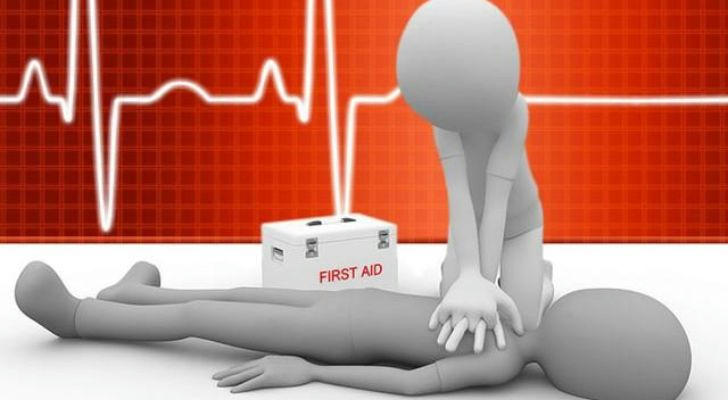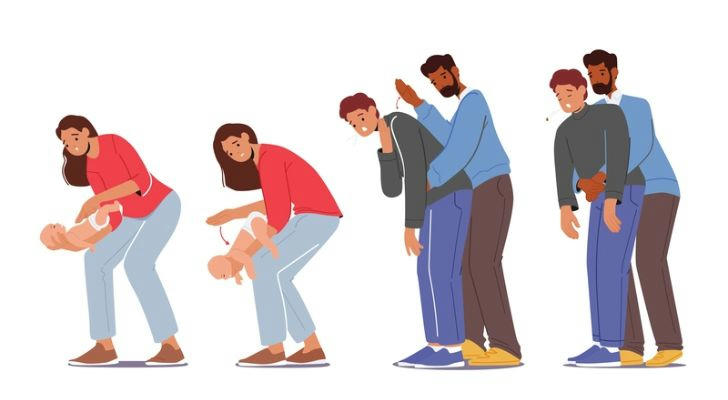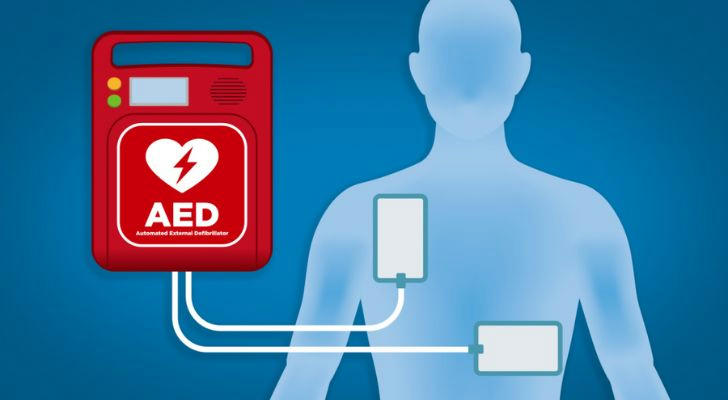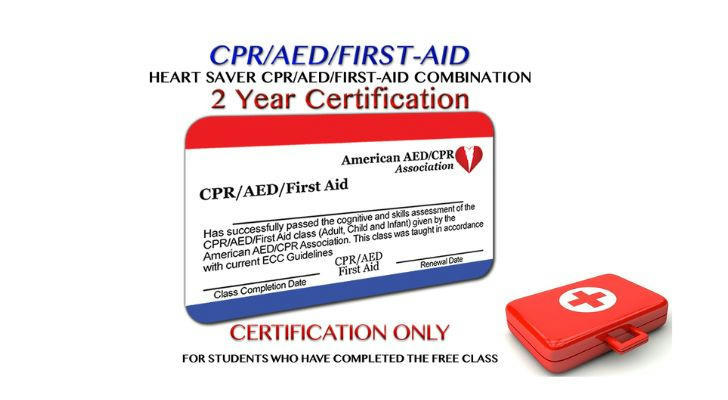First Aid Certification: A Life-Saving Skill Every Housewife Should Have
In the hustle and bustle of daily life, especially for stay-at-home moms who juggle numerous responsibilities, safety is often a top priority. However, accidents can happen in the blink of an eye. A slip in the kitchen, a fall in the living room, or a child swallowing something they shouldn't—these are just a few scenarios that can quickly turn a peaceful day into a stressful emergency. This is why first aid certification is not just a good idea but an essential skill for every housewife. It empowers you to act swiftly and confidently in an emergency, potentially saving lives.
Creating a Safer Home Environment
First aid knowledge isn’t just about reacting to emergencies; it’s also about prevention. A certified housewife is better equipped to identify and mitigate hazards around the home. For example, you can secure loose rugs to prevent tripping, ensure that cleaning supplies and medications are stored out of children’s reach, and check that smoke detectors are functioning correctly. These proactive steps are part of creating a safer home environment where accidents are less likely to occur. Moreover, understanding first aid principles can help you make informed decisions in everyday situations, such as knowing when to call a doctor versus handling a minor issue at home.
What Will You Learn in a First Aid Course?
First aid certification courses are designed to be accessible and practical, ensuring that anyone can gain the skills necessary to handle emergencies. You don't need any prior medical knowledge to benefit from these courses. Here’s a closer look at what you’ll learn:
CPR (Cardiopulmonary Resuscitation): One of the most crucial skills taught in a first aid course is CPR. This life-saving technique is used when someone’s heart stops beating. You’ll learn how to perform chest compressions and provide rescue breaths to keep blood and oxygen circulating in the body until professional help arrives. Knowing CPR can be the difference between life and death in situations like cardiac arrest.

Dealing with Choking: Choking is a common household emergency, especially for families with young children. You'll learn how to clear a blocked airway using techniques like the Heimlich Maneuver. These skills are vital for preventing suffocation and ensuring that the person can breathe again.

Treating Cuts and Burns: Kitchen accidents can lead to cuts and burns. You’ll learn how to stop bleeding, clean wounds, and treat burns to prevent infection and relieve pain. Proper wound care is essential for avoiding complications and promoting faster healing.
Identifying and Responding to Allergic Reactions: Severe allergic reactions, known as anaphylaxis, require immediate attention. You'll learn how to recognize the signs of anaphylaxis and how to use an EpiPen, a device that injects life-saving medication. This is particularly important if someone in your family has known allergies.
Treating fractures and sprains: Falls and accidents can result in broken bones or sprains. You will learn how to immobilize broken bones and support injured limbs until professional help arrives. This knowledge can help prevent further injury and reduce pain.

How do you get certified?
Obtaining a first aid certification is easier than you might think. Many organizations offer flexible training options to fit your schedule, whether you prefer in-person or online courses. Here’s how the process generally works:
Choosing a course: Start by researching reputable organizations, such as the American Red Cross, the American Heart Association, or your local health department. These organizations offer a variety of courses, from basic first aid to comprehensive training that includes CPR and AED (automated external defibrillator) use.

Enrolling: Once you've selected an organization, enroll in a course that meets your needs. Some courses take just a few hours, while others might span a day or two. If you have a busy schedule, you might opt for an online course that allows you to learn at your own pace.
Taking the training: During the course, whether online or in-person, you’ll be guided through practical exercises and scenarios. These hands-on experiences are designed to help you understand and retain what you learn, ensuring you can apply these skills in real-life situations.
Getting certified: After successfully completing the course, you’ll receive a certification card, typically valid for two years. It’s important to renew your certification before it expires, as guidelines and techniques can change. Regular refreshers ensure that your skills remain sharp and up-to-date.

Overcoming Common Misconceptions
Some stay-at-home moms may think, "I don’t need first aid training; I’m always careful." While caution is vital, the reality is that accidents can happen to anyone at any time. Another common concern is the cost or time commitment involved in getting certified. However, many courses are affordable, and some are even offered for free through community programs or local health departments. The time and money invested in learning first aid are small compared to the peace of mind and safety it brings to your household.
A Real-Life Example
Consider this real-life scenario: Jane, a mother of two, was preparing dinner when she heard a loud crash in the living room. Rushing in, she found that her child had pulled a heavy object off a shelf, resulting in a bleeding head injury. Thanks to her first aid training, Jane knew exactly what to do. She quickly applied pressure to the wound to stop the bleeding and kept her child calm until paramedics arrived. The doctors later told her that her quick actions prevented a more serious situation. Stories like Jane’s underscore the critical importance of first aid certification—it’s a skill you hope you never need, but one you’ll be incredibly grateful to have when the unexpected happens.
Conclusion
As a stay-at-home mom, you already manage countless tasks every day, from caring for your children to running the household. By getting certified in first aid, you’ll add another essential skill to your toolkit—one that can truly make a difference in an emergency. First aid training is not just about learning techniques; it's about empowering yourself to protect your family and create a safer home environment. Remember, in an emergency, every second counts. With first aid training, you'll be ready to respond, offering comfort and care when it’s needed most. Don’t wait for an emergency to realize the importance of these skills—take the step today to get certified and bring an extra layer of safety and security to your home.
